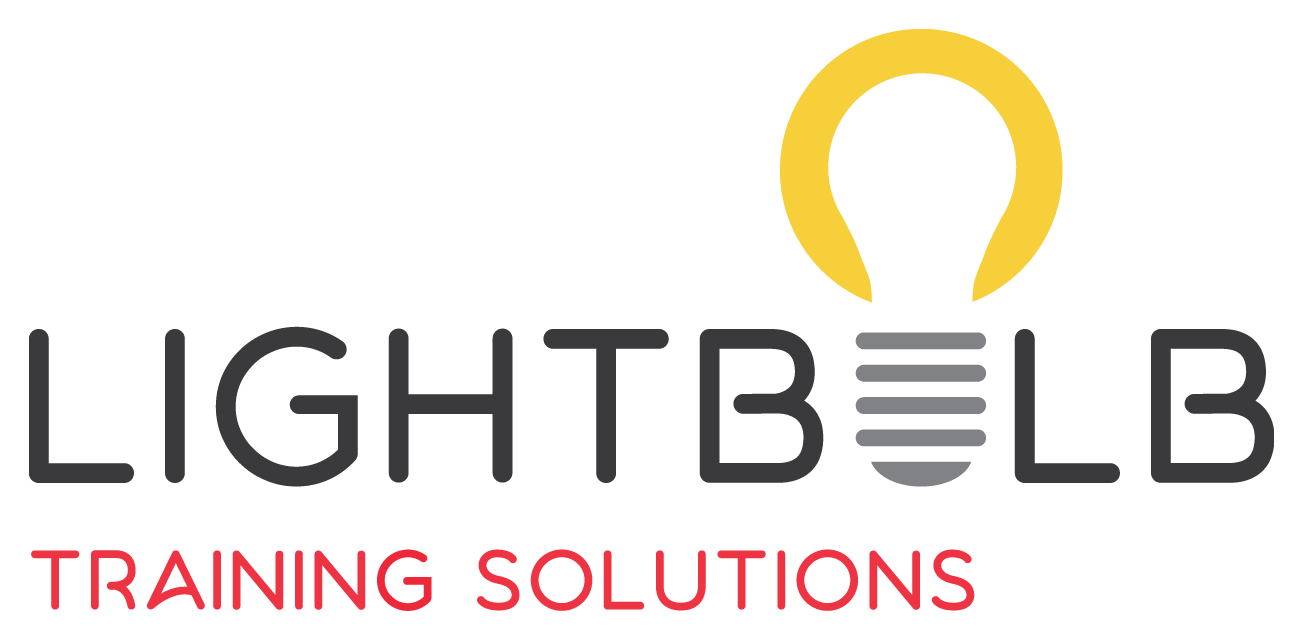What to do when you want to yell at a customer
Many moons ago and in what feels like a galaxy far far away, part of my job was to advise customers if they were unsuccessful for a loan. It was the least favourite part of my role because it wasn't unusual for those customers to be disappointed, really disappointed.
By nature, I’d rather run a mile rather than deliver bad news to anyone. I would give myself a ‘positive pep talk’ before I made those calls because some of the customers would be hugely disappointed and share their feelings with raised voices and language that would surprise Gordon Ramsay.
One customer I fondly remember (let's call him Mr Angry Pants) ranted at me over the phone for what felt like forever (probably only 2 minutes). He launched into me like he was on a mission to make sure I felt personally responsible for his situation.
What I wanted to say in response to his accusations was; “I haven’t created the outcome - you did! You obviously didn’t listen when I explained the criteria for approval, because if you did, this wouldn’t be a surprise and you wouldn't be blaming me”. I also wanted to point out that he was incredibly rude and that if he wants my help, he should hang up and ring back when hell freezes over.
But I didn't because I was lucky.
I was lucky that at some point in my life I had learned the soft skill of Active Listening. I don't remember where or when or even by whom, but in those moments it makes a HUGE difference to have the Active Listening skill in my customer service tool box.
Active Listening is a skill that very few people have had formal training in - if they had, there would be less need for complaints departments, less social media rants about bad service and less stressed customers and employees.
3 Steps to Active Listening that I now use to train as many people as possible
1. Remain calm - do not engage anger with anger
Unhappy or angry customers ache to be to be heard and some raise their voices thinking this will help their cause. If your natural response is to want to yell back or interrupt, take a deep breath and use your emotional intelligence to control that urge. Show the customer how you want them to communicate; speak clearly, stand confidently (even when on the phone) and use a respectful tone.
2. Focus
Ignore all distractions (including your own self-talk). Focus your eyes and your ears on the customer and seek to understand their concerns and their state of mind; switch on empathy and switch off judgement.
3. Acknowledge
Reference the customer’s feelings ie: “I can see/hear you are .............about this and that is understandable. You are worried that this will affect your……………. and you are feeling............" Use a genuine and respectful tone of voice and insert words relevant to the customers emotions and situation.
Do this before you offer solutions or suggestions as upset (emotional) customers will not be willing or able to listen to you until they are sure you have listened to them.
Unhappy customers don't care how much you know until they know how much you care.
Active Listening is confirmation of care.
Back to Mr Angry Pants - The Active Listening steps confirmed to him I was professional and had empathy for his situation but the best bit - whilst he was listening to me acknowledge his situation (Step 3), his rational brain kicked into gear and his emotional brain started to relax.
Once Mr Angry Pants rational brain was back from leave, he calmed his tone, apologised for his outburst and thanked me for listening.
Did you get his loan? No. Did he get to vent? Yes. Did I get an apology? Yes.
Did he remain a customer and come and see me for a budget plan? Yes.
Win. Win
By Cate Schreck - Author of “The A-Z of Service Excellence” Download the First Chapter for FREE.

